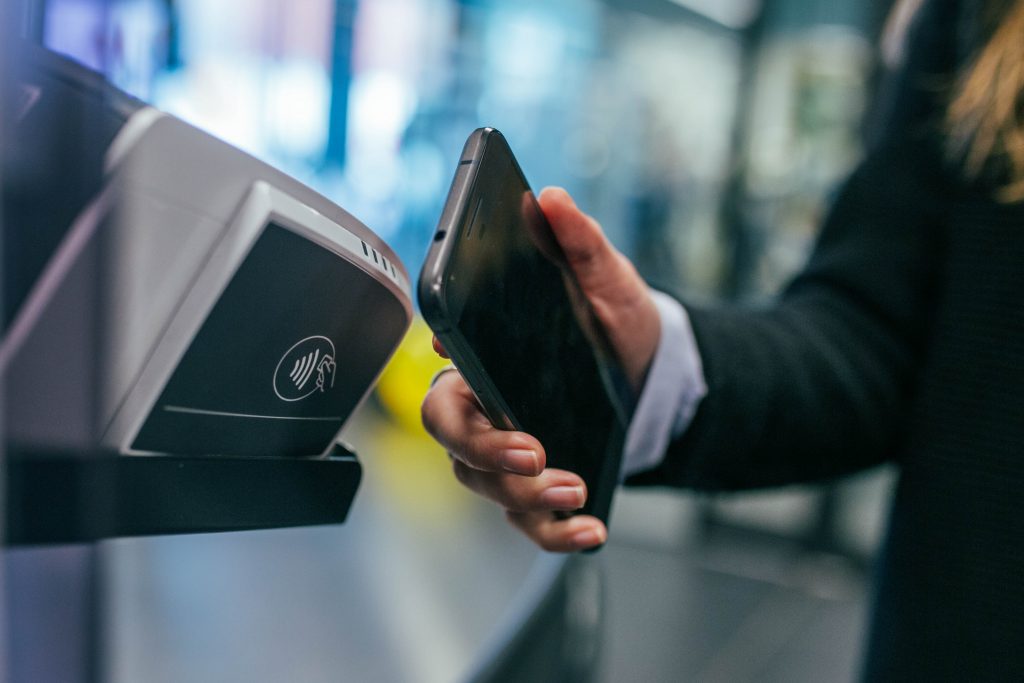Blog
ECB’s Revised Guide to Internal Models: changes in the Credit Risk chapter
On July 28th, the European Central Bank (ECB) published its revised guide to internal models ECB publishes revised guide to internal models. On top of changes necessary for alignments with CRR3,
Find out more






















